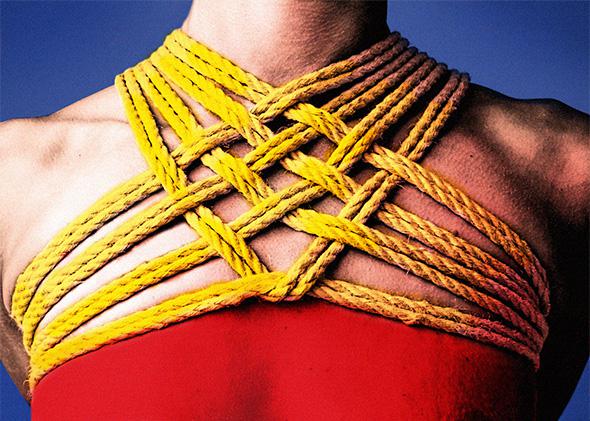Last week, Warner Bros. and DC Comics announced that they are seeking a female director to helm the upcoming Wonder Woman movie. The announcement buoyed hopes that we might actually get a genuinely good Wonder Woman movie, something many of us doubted would ever happen after Joss Whedon was fired from a previous attempt. Still, the character has a notoriously inconsistent history, and there are many wrong turns any director could take. So what’s the surest route to creating a 21st-century version of Wonder Woman worthy of her lasso of truth? Go back to the original Wonder Woman comics, which debuted in 1941, for inspiration.
New Yorker writer Jill Lepore has a new book out called The Secret History of Wonder Woman that traces the strange but intriguing story behind the first major female superhero. In a recent New Yorker piece, Lepore recounts how Wonder Woman was created by Harvard-trained psychologist William Moulton Marston, the inventor of the lie detector and an all-purpose kook who nonetheless had some ideas, particularly about homosexuality and kink (and comic books), that were well ahead of his time. Marston was a bundle of contradictions. On the one hand, he was an ardent feminist who went well beyond believing in female equality and instead argued that women were superior to men and that humanity would be better off under a matriarchy. But his personal life, viewed from our comfortable stance many decades into the future, raises some eyebrows. He lived in a ménage à trois with two women—his wife, Elizabeth Holloway, and his girlfriend, Olivia Byrne—whose own talents and ambitions were subsumed in order to support him. Marston got to enjoy the political and sexual fantasy of a world run by women while benefiting from a world where women were still expected to cater to men.
As Lepore uncovered, Wonder Woman, née Princess Diana, came from one man’s unique vision of paradise, a world run by women who enjoy tying each other up and playing tickle games—which is perhaps one of the reasons Marston was (correctly) accused of having a bit of a BDSM fetish. After rescuing Capt. Steve Trevor when he crashes his plane on her island, Diana takes him home to “America, the last citadel of democracy, and of equal rights for women!” As per Marston’s ideals, in America Diana has a progressive, fairly nonviolent approach to hunting down criminals, which just so happens to mean lots of tying up and getting tied up.
Marston’s unique character got watered down and bounced around in subsequent decades by mostly male writers who have very little idea what to do with her. But now we are in a post–riot grrrl era of Beyoncé standing onstage, very Wonder Woman–like, in a leotard in front of the word feminist. America is ready for a kinky, likely bisexual, feminist Wonder Woman who has no patience for either sexists or prudes.
A new Wonder Woman movie is an opportunity to break the comic book movie mold by reaching back to the 1940s and taking some of the glorious subtext of the old comics, particularly the stuff involving radical feminism and kinkiness, and push it a little closer to the surface. But there’s also a great villain potential. As Lepore notes, one of the original villains of Wonder Woman, Dr. Psycho, was based on Marston’s Harvard professor, the staunch anti-suffragist Hugo Münsterberg. Perhaps the 21st-century update could be a Christian-right politician, or the head of the NRA, or the blob known as #gamergate.
